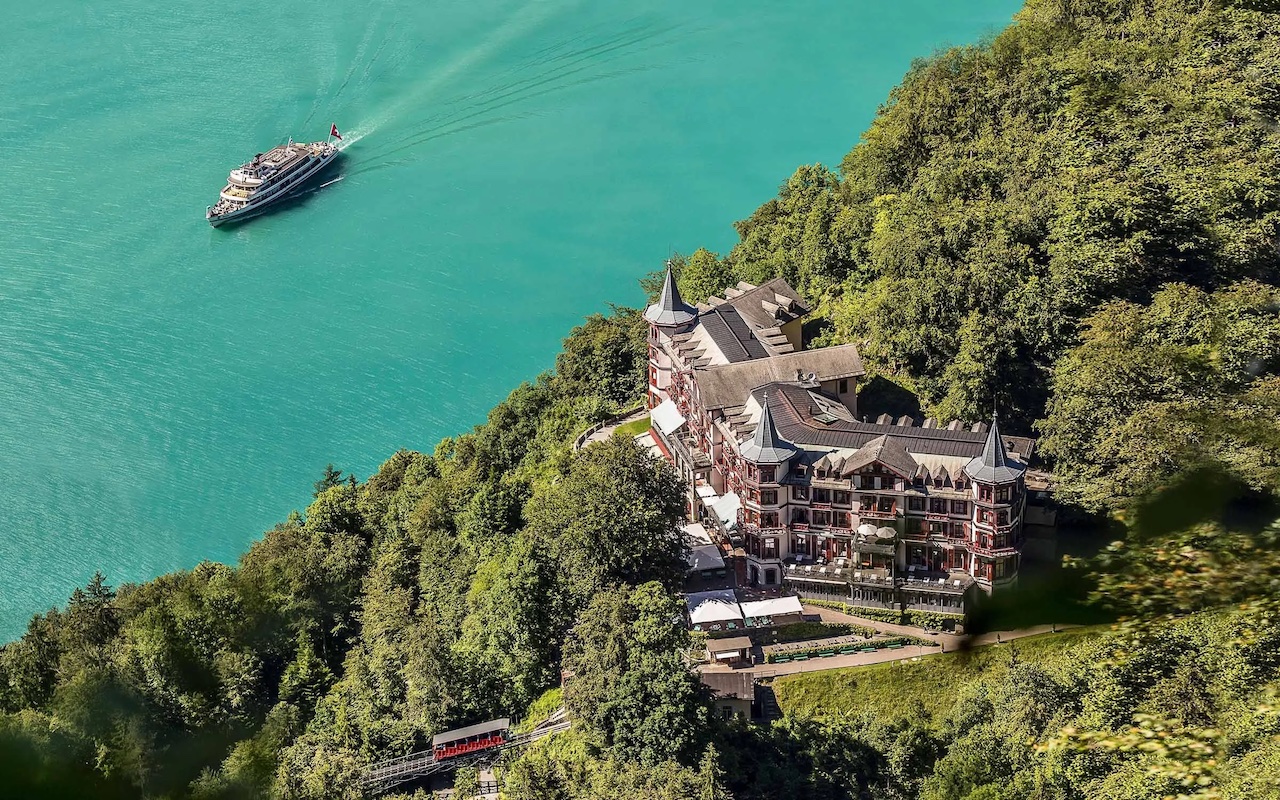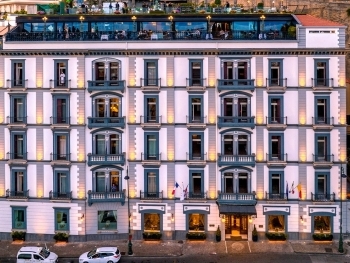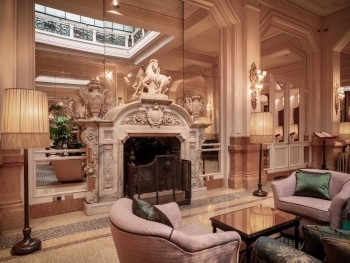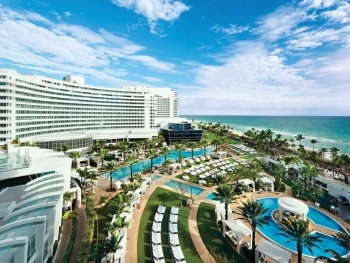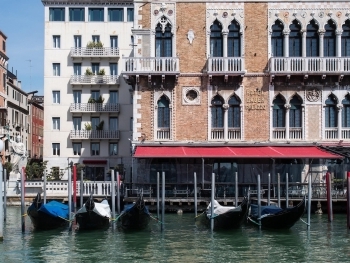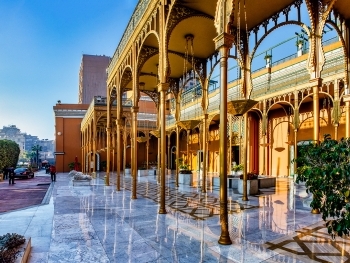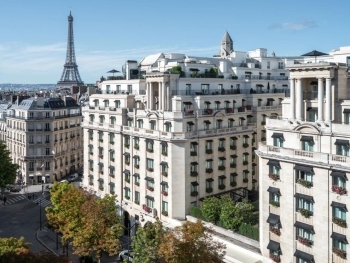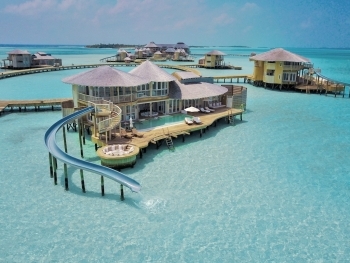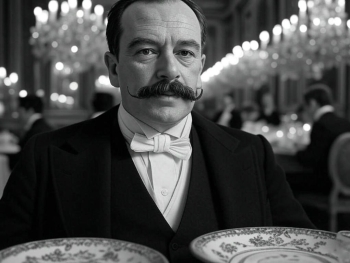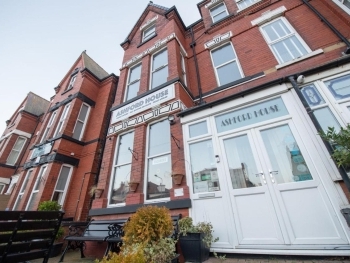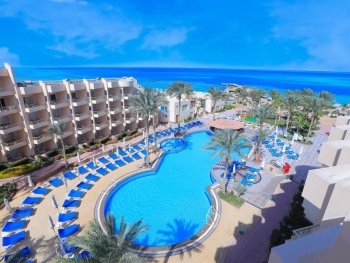Surrounded by the awe-inspiring scenery of Switzerland, the Grandhotel Giessbach stands as a majestic landmark, a testament to both the grandeur of hospitality and the power of community.
A Legacy Linked to Waterfalls
The hotel's story begins in the 19th century, as the popularity of the Giessbach waterfalls soared. Paths were built for visitors to admire the cascading waters, and in 1832, a small guesthouse, "Gasthaus Giessbach," opened its doors to weary travelers. Over the next few decades, the "Gasthaus" saw a rapid transformation, with each owner expanding and renovating, driven by the growing tourist demand.
The Era of Opulence
A turning point came in 1870 with the arrival of the Hauser family. They envisioned a grand palace, and their vision materialized as a luxurious five-story hotel complete with turrets and grand staircases. Accessibility was enhanced in 1879 with the construction of a funicular railway, a marvel of engineering that whisked guests up to the hotel's doorstep. The grand establishment attracted a prestigious clientele, including royalty, aristocrats, and titans of industry from across Europe.
Adaptation and Resilience
Unfortunately, disaster struck in 1883 when a fire ravaged the hotel. Undeterred, the owners rebuilt, incorporating the latest amenities to cater to discerning guests. Modern features like electric lighting and private bathrooms were complemented by playgrounds, pavilions, and even a darkroom for photography enthusiasts. The 1880s also saw the addition of a more intimate hotel, the "Beau-Site," and a dedicated wellness center offering a variety of treatments.
Challenges and Triumphs
The roaring twenties brought a tourism boom, but it was not destined to last. The World Wars and subsequent economic turmoil saw a string of owners struggle to keep the grand hotel afloat. A glimmer of hope arrived in 1947 when Fritz Frey, owner of the nearby Buergenstock estate, took over. He modernized the hotel with electricity and reopened it, but by 1978, the "Dream Castle" faced another threat: demolition in favor of a modern concrete structure.
This potential destruction sparked a passionate response from a group dedicated to preserving the hotel's legacy. Their efforts led them to Franz Weber, a renowned environmentalist. Together with his wife Judith and his organization "Helvetia nostra," Weber spearheaded a campaign to save the Grandhotel Giessbach.
The "Giessbach to the Swiss People" foundation was born, raising funds through public donations and contributions from the town of Brienz and the Canton of Berne. With the property purchased and a shareholder company established, renovations began, meticulously restoring the hotel to its former glory.
A Beacon of Hospitality Reborn
In 1984, the Grandhotel Giessbach celebrated its grand reopening, once again welcoming guests seeking a luxurious escape amidst breathtaking scenery. Today, the hotel stands as a symbol of the enduring power of history, nature, and community spirit.
